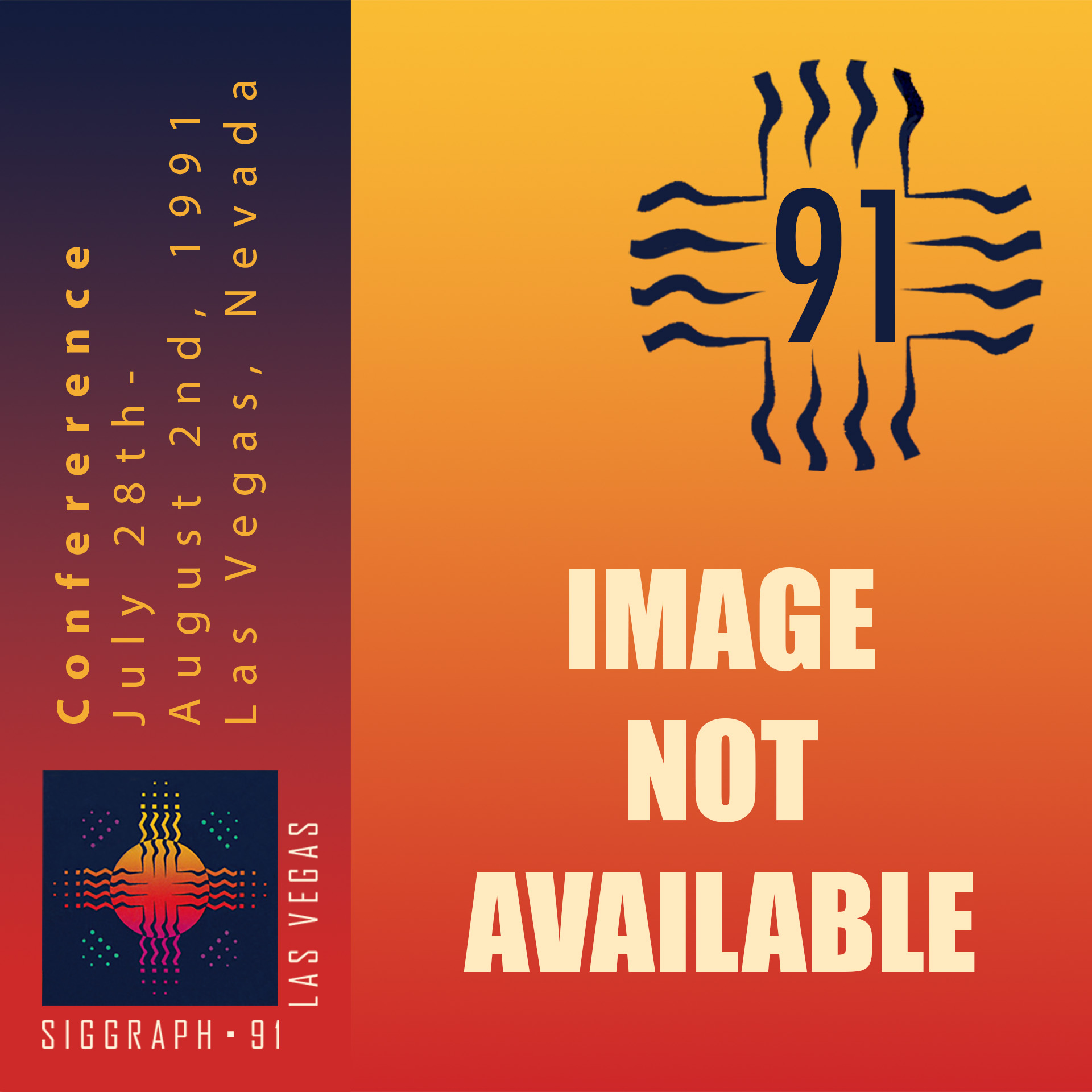“Watch Yourself” by Binkley
Conference:
- SIGGRAPH 1991
-
More from SIGGRAPH 1991:


Type(s):
E-Tech Type(s):
- Hypermedia / Hypertext
Title:
- Watch Yourself
Program Title:
- Demonstrations and Displays
Presenter(s):
Project Affiliation:
- School of Visual Arts
Description:
Watch Yourself highlights the radical cultural implications of interactive computers by encouraging participants to interact with well-known images from the history of art. It overturns the customary obeisance these hallowed icons solicit from humble supplicants to the hegemony of high culture through the integration of computer-processed video self-portraits.
By putting themselves in the picture. viewers expand the scope of discovery and expression traditionally circumscribed by condescension and homage. The experience is not explicitly pedagogical. It does not deliver a database to the curious user. Nor does it assume the role of a docent graciously guiding the viewer through a tidly organized landscape of pictures. Instead, Watch Yourself is an enigmatic adventure that playfully encourages a frolic through a familiar cultural environment.
The viewer is thrust into a jungle of visual information and placed on a par with the images themselves. There are no cursors or buttons to abstractly represent the placement of the viewer’s intention in the digital database. The viewer’s own image serves as the implement for making choices.
Watch Yourself is atypically reserved and idiosyncratic. Choices are not explicitly delineated as they are in a standard hypermedia document. They are discovered through exploration. The viewer is called upon to be spontaneous and explore more intuitively through the kind of emotional responses characteristic of artistic experience instead of the intellectual analysis appropriate to researching information. The experience is a playful dance that encourages a full somatic involvement rather than a fastidious manipulative interaction.
Timothy Binkley was assisted by Claire Boger, Chrissy Conant, John F. Simon, Jr., and Trevor G. Thomson in preparing and staffing this installation. Support was provided by the Institute for Computers in the Arts, the Eastman Kodak Company, the School of Visual Arts, and Sony Corporation of America.
Other Information:
Hardware: 486 PC with Targa + 64 frame buffer, video camera, Kodak Dye Sublimation Printer, Sony Video Projector




